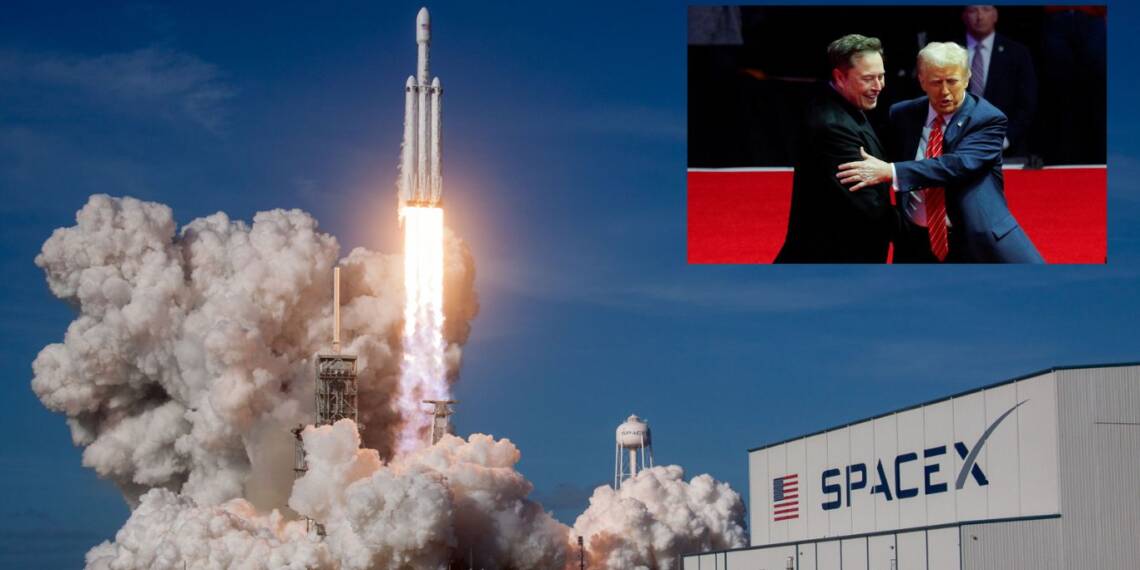SpaceX, the aerospace firm led by Elon Musk, has reportedly become a frontrunner in the race to help develop a major part of US President Donald Trump’s proposed ‘Golden Dome’ missile defence system, sources familiar with the matter told Media.
In January, Trump signed an executive order launching the program, which is modeled after Israel’s ‘Iron Dome.’ The president described a missile strike as “the most catastrophic threat facing the United States,” emphasizing the urgency of developing a defence mechanism.
The envisioned system would deploy between 400 and over 1,000 satellites designed to track hostile projectiles, along with around 200 weaponized satellites capable of intercepting incoming missiles, according to a report published on Thursday.
SpaceX is said to be working alongside software firm Palantir and drone manufacturer Anduril, with each company contributing to essential components of the project. While SpaceX is believed to be focusing on the satellite tracking network, other firms are expected to handle the system’s weapons elements.
Notably, SpaceX has introduced a unique subscription-based model for its portion of the project, under which the US government would pay for system access rather than own the infrastructure outright. This arrangement has reportedly raised concerns at the Pentagon over long-term expenses and operational control.
Musk’s involvement has also sparked debate on Capitol Hill, as he serves both as a contractor and as an informal adviser to President Trump. Critics, including Democratic Senator Jeanne Shaheen, have flagged potential conflicts of interest. Earlier this month, Shaheen introduced legislation that would prevent companies owned by government advisers, like Musk, from receiving federal contracts.
The Golden Dome project echoes former President Ronald Reagan’s ambitious but unrealized ‘Strategic Defense Initiative,’ often dubbed ‘Star Wars.’ Although Trump’s plan is seen as more technically feasible, its most ambitious goal — intercepting intercontinental nuclear missiles — is projected to be extremely costly and could take years to achieve.
Russia has criticized the plan as a step toward the militarization of space, warning it could trigger global instability. The Pentagon expects preliminary capabilities by 2026, with full deployment likely beyond 2030. Estimates suggest the project could cost hundreds of billions of dollars.








